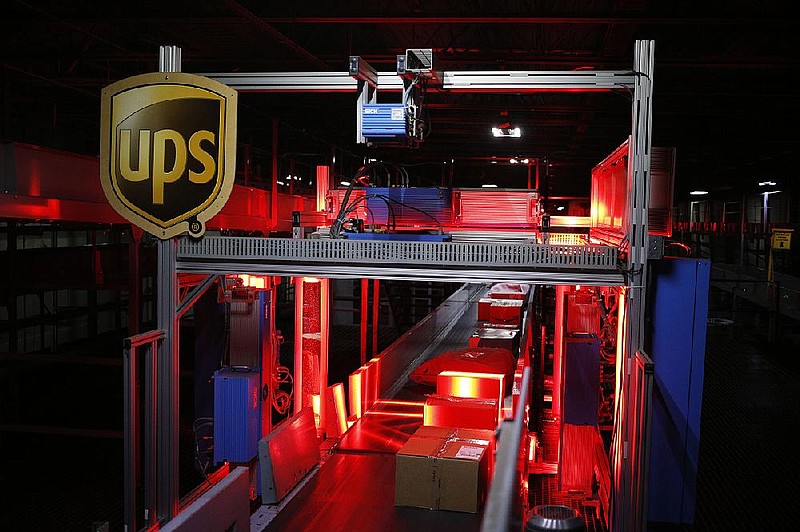ATLANTA -- UPS shares fell Tuesday morning after the company reported a loss from a $2 billion-plus pension charge and a downbeat outlook.
Tuesday's 6.8 percent decline in UPS shares, to $109.13, nearly wiped out a surge in the company's market value since the November election raised investors' hopes that President Donald Trump's policies would perk up the U.S. economy.
The shipping giant, based outside Atlanta, said revenue in the fourth quarter rose more than 5 percent, to $16.9 billion, thanks to strong Christmas shipping volumes.
UPS said it delivered 1.4 billion packages during the quarter, 7 percent more than a year ago.
UPS Chief Executive Officer David Abney said the company's international business "delivered another extraordinary performance, while the U.S. managed through considerable changes in product mix."
But in a report, Cowen & Co. analysts said UPS' growing reliance on business-to-consumer shipments from online shopping resulted in disappointing financial results.
"We knew [business-to-consumer delivery] was going to continue to grow, it's just the pace grew so fast ... that we're going to have to ramp up those investments, we're going to have to ramp up the strategy," Abney said. "We're going to have to reduce the cost per package."
Cowen & Co. analyst Helane Becker said the shift toward consumer shipments will continue to challenge UPS.
"This weakness in the segment will likely lead to continued questions about growth of Amazon's delivery network and how UPS will continue to drive growth in a weak industrial environment," she wrote in a note to investors. Amazon.com has been expanding its own delivery capabilities in recent years, potentially threatening some business for UPS and rival FedEx Corp.
UPS' revenue and profit margins were lower than expected, the analysts said, because of lower prices on its U.S. shipments. The Cowen analysts noted that operating profit margins on its domestic shipments were 12.3 percent during the quarter, well below investment analysts' consensus estimate of 13.7 percent.
UPS reported a $239 million loss during the quarter because of the charge related to pension costs for its U.S. and overseas workers. The noncash charge, nearly $2.7 billion before taxes, was attributed partly to lower-than projected investment returns for its pension funds in 2015 and 2016.
In the year-earlier quarter, UPS had a $1.3 billion profit.
Without the pension costs, UPS said its fourth-quarter "adjusted" profit was $1.43 billion, slightly higher than the year-earlier profit of $1.41 billion.
The company projected that it will report "adjusted" earnings per share of between $5.80 and $6.10 this year, below the $6.17 analysts had expected. UPS said the lower range is partly because of "headwinds" of $400 million from a strong U.S. dollar, which makes overseas profits smaller in dollar terms.
On the same basis, UPS' full-year "adjusted" profit per share in 2016 was $5.75. The adjusted figures exclude some one-time and noncash expenses, such as the big hit from UPS' pension costs.
Information for this article was contributed by Michael Sasso of Bloomberg News and David Koenig of The Associated Press.
Business on 02/01/2017

